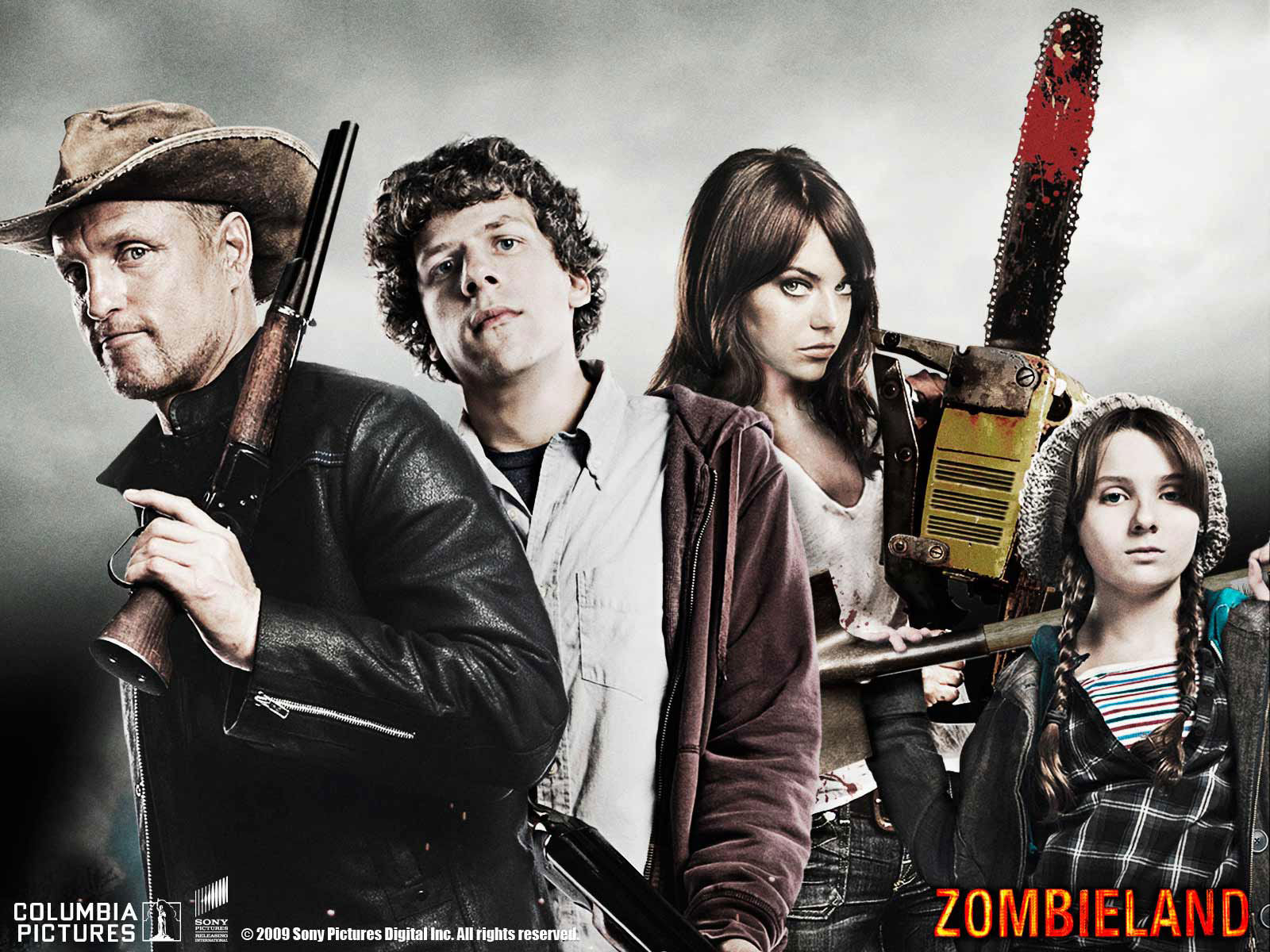Nosferatu (1922)
Best vampire ever. Not the seductive, European aristocrat, cloaked and mysterious, oh no. With Count Orlock, filmmaker F. W. Murnau explores something more repellant, casting an actor who resembles an albino naked mole rat.
Given that Murnau equates the film’s vampire-related deaths with the plague, this vermin-like image fits well. But more than that, thanks to a peculiarly perfect performance by Max Schreck, Murnau mines the carnality of the vampire myth for revulsion and fear rather than eroticism.
Famously, the film was meant to be the first Dracula movie, but Murnau could not work out an agreement with Bram Stoker’s estate (who later sued, and all copies of the film were nearly lost). He changed a handful of things in an attempt to avoid the eventual lawsuit and filmed anyway. Names are changed (Harker is now Hutter, Dracula is Orlock, etc.), and details are altered, but the story remains largely – well, criminally – the same.
The genius move is the spindly, bald hunchback for a vampire – why, he’s almost a European Monty Burns! Murnau’s mastery behind the camera – particularly his ability to capture the vampire’s shadow – made the film a breathtaking horror show at the time. But don’t discount this as dusty history.
Sure, the silent film style of acting appears nothing short of quaint today, and the Dracula tale has been told too, too often at this point. But Max Schreck is a freak, and in his bony, clawlike hands, Count Orlock remains the greatest vampire ever undone by a sinless maiden.
Listen weekly to MaddWolf’s horror podcast FRIGHT CLUB. Do it!









